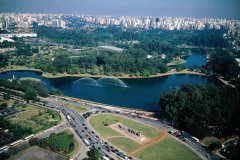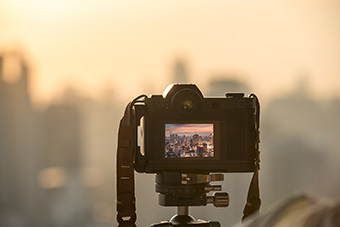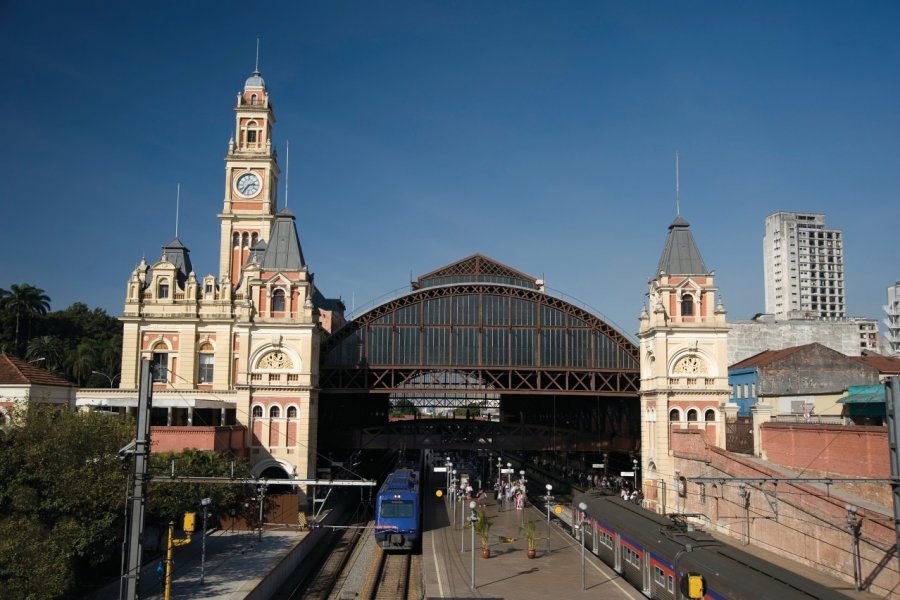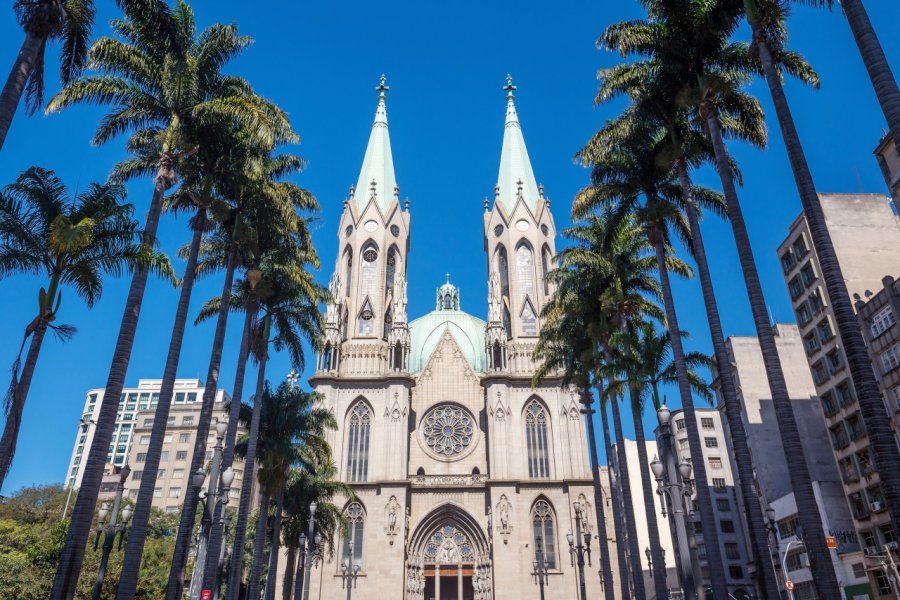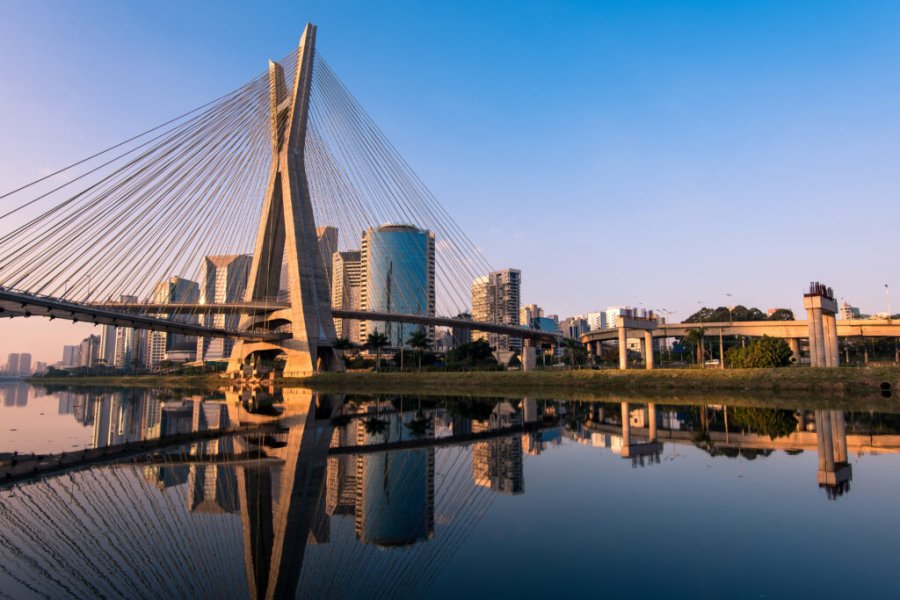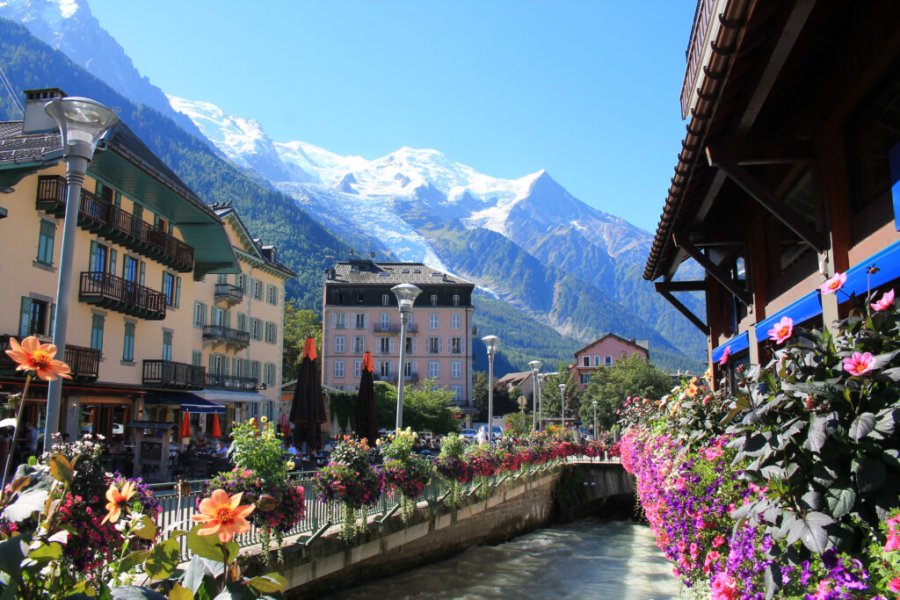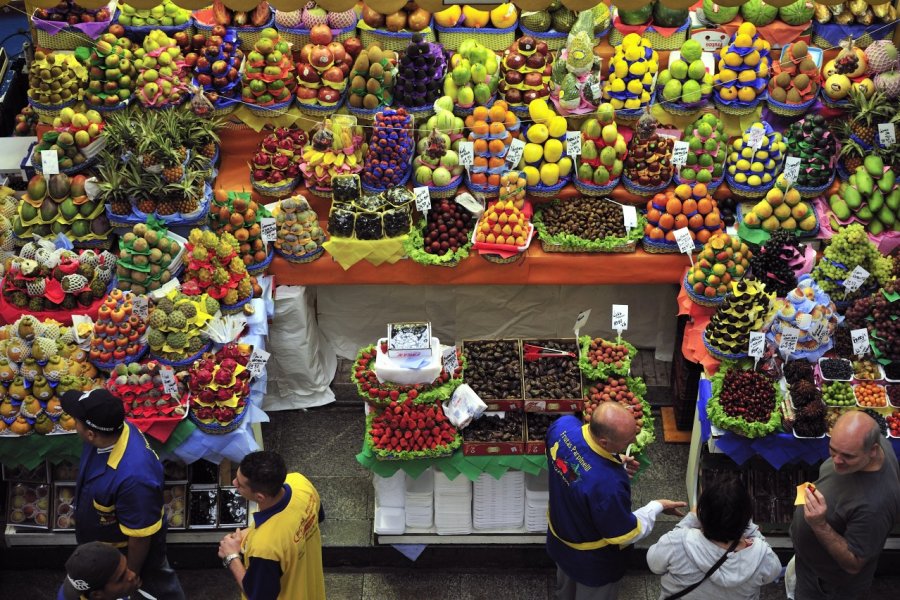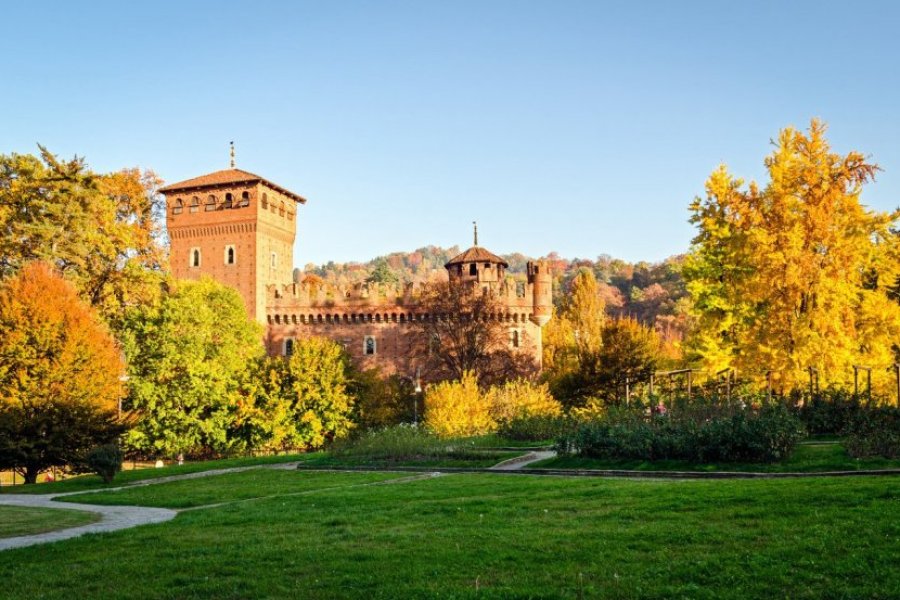Travel Guide São Paulo
Southern New York! At least that's how the 20 million inhabitants of this titanic Brazilian megalopolis call São Paulo, "Sampa" to those who are close to it. Brazil's economic and even cultural capital, no matter what its unfailing rival and neighbour Rio de Janeiro may say, it offers the traveller a wild experience: fashionable bars, Brazilian gourmet cuisine addresses, trendy designer boutiques, avant-garde galleries, a good hundred museums, trendy clubs and small festive and warm popular cafés... Unless you settle in town for a few months, it would be absurd to want to take a tour around it for a discovery! The São Paulo tourist guide offers orientation trails in this real urban jungle where contemporary tribes have their own neighbourhood, each with its own specific architecture and culture. From the cosmopolitan Centro of the city to the bobo bairros (districts) of Vila Madalena and Pinheiros, as well as the middle-class residential area of Vila Mariana and the more bourgeois ones of Itaim Bibi and Gardens in the south, the scale of São Paulo is impressive. However, since the good addresses are mainly located in the central and western parts of the city, where the neighbourhoods are greener and more airy, it is easy to find your bearings. São Paulo, a cultural centre of Brazil, is an ideal metropolis to approach the richness and striking contrasts of Brazil, where rich and poor, new and old, traditional and modern coexist. Bem vindo in the vibrant São Paulo!
What to visit São Paulo?
Suggested addresses São Paulo
When to go to São Paulo?
When to go to São Paulo? As Brazil is located in the southern hemisphere, the seasons are reversed compared to the north. If the city can be visited all year round, the best time to go to São Paulo is from March (after the carnival) to May. During this period prices are lower, the high season is coming to an end (less people on the beaches and less saturated hotel network) and the sun is still present. From December to February, summer is in full swing on the Paulista coast, with its usual advantages and disadvantages: movement and animation, but crowded beaches and high prices. During the vacations and long weekends throughout the year, the situation is the same (except during the winter period). In winter, many restaurants andhotels close and the climate is not very conducive to swimming. Our spring (March-April-May) remains the best answer to the question of when to leave São Paulo.
Weather at the moment
Garoa (drizzle), this very fine rain, makes the national reputation of São Paulo's weather. In recent years, however, this phenomenon has not been so common. The climate of this area of Brazil is tropical in altitude. São Paulo's weather and temperatures vary throughout the year between 19°C and 27°C. In summer, rain at the end of the day is not uncommon, temperatures above ,30 °C are frequent. Winter is rather sunny, dry and mild, with a minimum of 15°C.
São Paulo is one of the most expensive cities in Brazil for both accommodation and food. To enjoy good restaurants, trendy cafes and shopping, you should expect to pay prices similar to those in France. Budget travelers will have to spend more time in snack bars, kiosks and markets and stay in hostels and inns. Note that it is cheaper to stay in São Paulo on weekends, as hotels are more booked by workers during the week.
You don't need a visa to travel to tropical São Paulo and to Brazil: you can stay for three months with your passport only. After this period, you will get an extension by going with your passport to the federal police headquarters of the city where you are. You will have to fill out a few forms and pay a small fee. Be patient, the lines can be long! Another solution is to organize a temporary exit from the Brazilian territory. When you return, you will have three months of authorized residence in São Paulo. Be careful, this little trick works well when your total stay does not exceed six months in a year, but beyond that, the immigration officers may refuse you entry or refuse to grant you a new authorization for six months.
It is not necessary to get vaccinations to travel to São Paulo. Being a modern city, the main health problems you may encounter in the city are those related to food: the fact of changing your diet is already a source of disturbance, but when you add to that spicy food sometimes prepared in unhygienic conditions, it usually results in severe diarrhea, also known as turista. The water is not drinkable in São Paulo, but the heat is very present, so bring a bottle of mineral water.
Practical information
- When to travel?
- Weather forecast
- Budget
- Formalities
- Health
- How to travel by yourself?
- How to get organized?
- Getting around
Media
How to go to São Paulo? Our advice & tips
It is quite possible to use the services of agencies specialized in organized tours to discover São Paulo, although most of them offer tours combining several cities or areas of Brazil. However, some specialists will be able to put together a tailor-made trip for you, to get to know São Paulo, its most beautiful beaches and its inland regions with lush vegetation, to discover Brazil and its wild nature.
Discover our selection of travel agencies for this destinationPrices start at €500 for a round trip flight from France in the off season and go up to €1,200 in the high season. Note that the price variation depends on the airline used and, above all, on the reservation deadline. As for accommodation, the same adage applies: anticipation is the key!
The city is so big that you will have to use public transportation. In São Paulo, you can travel by bus or metro, but the most common means of transportation is by car. Paulista road traffic is governed by the law of the jungle, so only rent a car in Sampa if you are particularly confident behind the wheel and used to urban driving. Cabs and their mobile application variants are a good option, especially at night.
